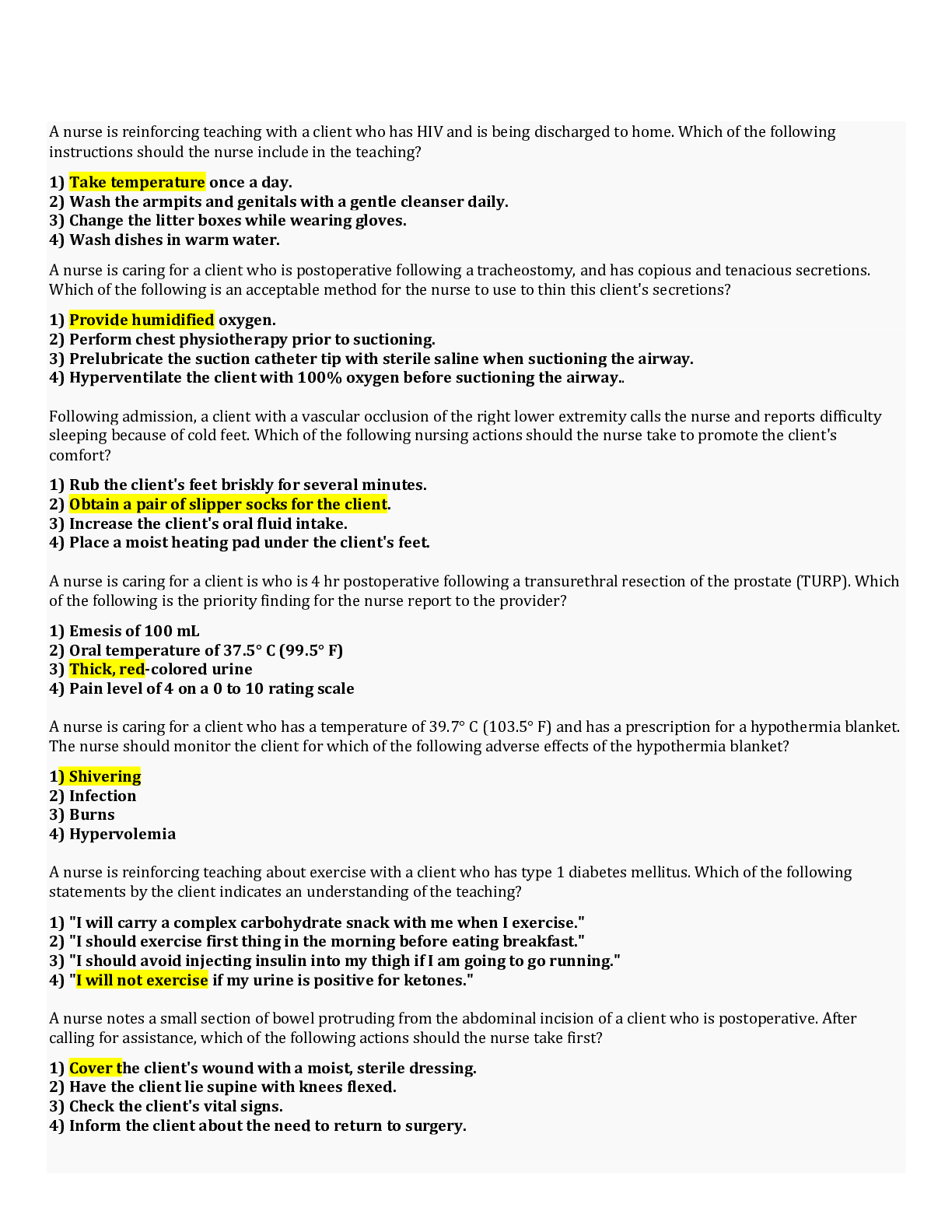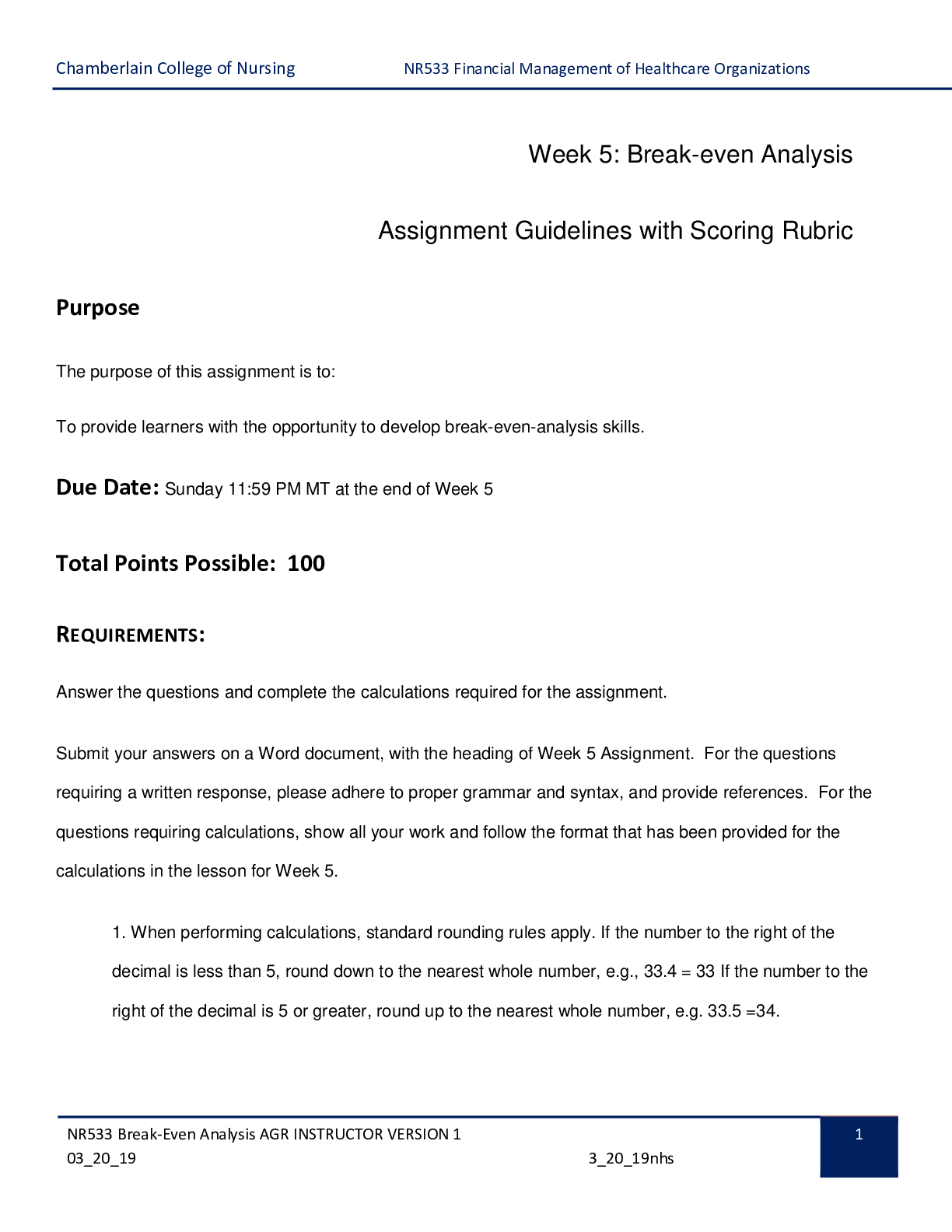*NURSING > STUDY GUIDE > EMT 01 CHC43015-Subject 6-AWB-F-v1.1.docx (All)
EMT 01 CHC43015-Subject 6-AWB-F-v1.1.docx
Document Content and Description Below
The Knowledge Assessment covers generic underpinning knowledge of basic terms and concepts relating to the relevant units of competency. These questions are all in a short answer format. The longer ... questions requiring creative thought processes are covered in the case studies assessment. You must answer all questions using your own words. However, you may reference your learner guide and other online or hard copy resources to complete this assessment. Some questions cover processes you would be likely to encounter in a workplace. Ideally, you should be able to answer these questions based on the processes that are currently in place in your workplace. However, if you do not currently have access to a workplace, then answer the questions based on processes that should be implemented in a typical workplace setting. WHAT IS COMPETENCY BASED ASSESSMENT The features of a competency based assessment system are: It is focused on what learners can do and whether it meets the criteria specified by industry as competency standards. Assessment should mirror the environment the learner will encounter in the workplace. Assessment criteria should be clearly stated to the learner at the beginning of the learning process. Assessment should be holistic. That is, it aims to assess as many elements and/or units of competency as are feasible at one time. In competency assessment, a learner receives one of only two outcomes – competent or not yet competent. The basis of assessment is in applying knowledge for some purpose. In a competency system, knowledge for the sake of knowledge is seen to be ineffectual unless it assists a person to perform a task to the level required in the workplace. The emphasis in assessment is on assessable outcomes that are clearly stated for the trainer and learner. Assessable outcomes are tied to the relevant industry competency standards where these exist. Where such competencies do not exist, the outcomes are based upon those identified in a training needs analysis. Assessment Workbook 6 Page 4 Definition of competency Assessment in this context can be defined as: The fair, valid, reliable and flexible gathering and recording of evidence to support judgement on whether competence has been achieved. Skills and knowledge (developed either in a structured learning situation, at work, or in some other context) are assessed against national standards of competence required by industry, rather than compared with the skills and knowledge of other learners. THE BASIC PRINCIPLES OF ASSESSING NATIONALLY RECOGNISED TRAINING Developing and conducting assessment, in an Australian vocational education and training context, is founded on a number of basic conventions: The principles of assessment Assessment must be valid o Assessment must include the full range of skills and knowledge needed to demonstrate competency. o Assessment must include the combination of knowledge and skills with their practical application. o Assessment, where possible, must include judgements based on evidence drawn from a number of occasions and across a number of contexts. Assessment must be reliable o Assessment must be reliable and must be regularly reviewed to ensure that assessors are making decisions in a consistent manner. o Assessors must be trained in national competency standards for assessors to ensure reliability. Assessment must be flexible o Assessment, where possible, must cover both the on- and off-the-job components of training within a course. o Assessment must provide for the recognition of knowledge, skills and attitudes regardless of how they have been acquired. o Assessment must be made accessible to learners though a variety of delivery modes, so they can proceed through modularised training packages to gain competencies. Assessment must be fair and equitable o Assessment must be equitable to all groups of learners. Assessment Workbook 6 Page 5 o Assessment procedures and criteria must be made clear to all learners before assessment. o Assessment must be mutually developed and agreed upon between assessor and the assessed. o Assessment must be able to be challenged. Appropriate mechanisms must be made for reassessment as a result of challenge. The rules of evidence (from Training in Australia by M Tovey, D Lawlor) When collecting evidence there are certain rules that apply to that evidence. All evidence must be valid, sufficient, authentic and current; Valid o Evidence gathered should meet the requirements of the unit of competency. This evidence should match, or at least reflect, the type of performance that is to be assessed, whether it covers knowledge, skills or attitudes. Sufficient o This rule relates to the amount of evidence gathered. It is imperative that enough evidence is gathered to satisfy the requirements that the learner is competent across all aspects of the unit of competency. Authentic o When evidence is gathered, the assessor must be satisfied that evidence is the learner’s own work. Current o This relates to the recency of the evidence and whether the evidence relates to current abilities. THE DIMENSIONS OF COMPETENCY The national concept of competency includes all aspects of work performance, and not only narrow task skills. The four dimensions of competency are: Task skills Task management skills Contingency management skills Job or role environment skills REASONABLE ADJUSTMENT Adapted Reasonable Adjustment in teaching, learning and assessment for learners with a disability - November 2010 - Prepared by - Queensland VET Development Centre Assessment Workbook 6 Page 6 Reasonable adjustment in VET is the term applied to modifying the learning environment or making changes to the training delivered to assist a learner with a disability. A reasonable adjustment can be as simple as changing classrooms to be closer to amenities, or installing a particular type of software on a computer for a person with vision impairment. Why make a reasonable adjustment? We make reasonable adjustments in VET to make sure that learners with a disability have: the same learning opportunities as learners without a disability the same opportunity to perform and complete assessments as those without a disability. Reasonable adjustment applied to participation in teaching, learning and assessment activities can include: customising resources and assessment activities within the training package or accredited course modifying the presentation medium learner support use of assistive / adaptive technologies making information accessible both prior to enrolment and during the course monitoring the adjustments to ensure learner needs continue to be met. [Show More]
Last updated: 1 year ago
Preview 1 out of 34 pages
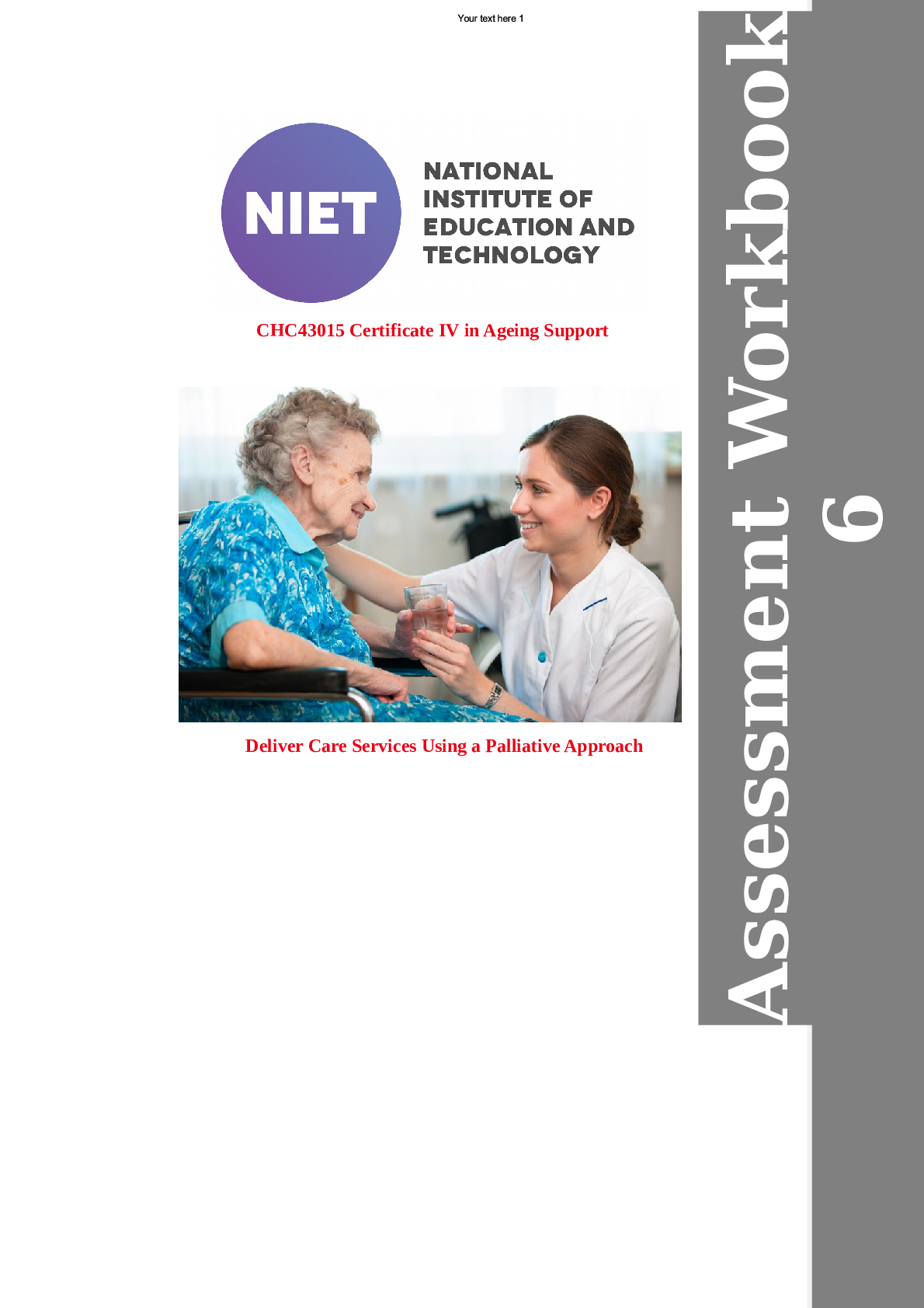
Reviews( 0 )
Document information
Connected school, study & course
About the document
Uploaded On
Jul 24, 2022
Number of pages
34
Written in
Additional information
This document has been written for:
Uploaded
Jul 24, 2022
Downloads
0
Views
33

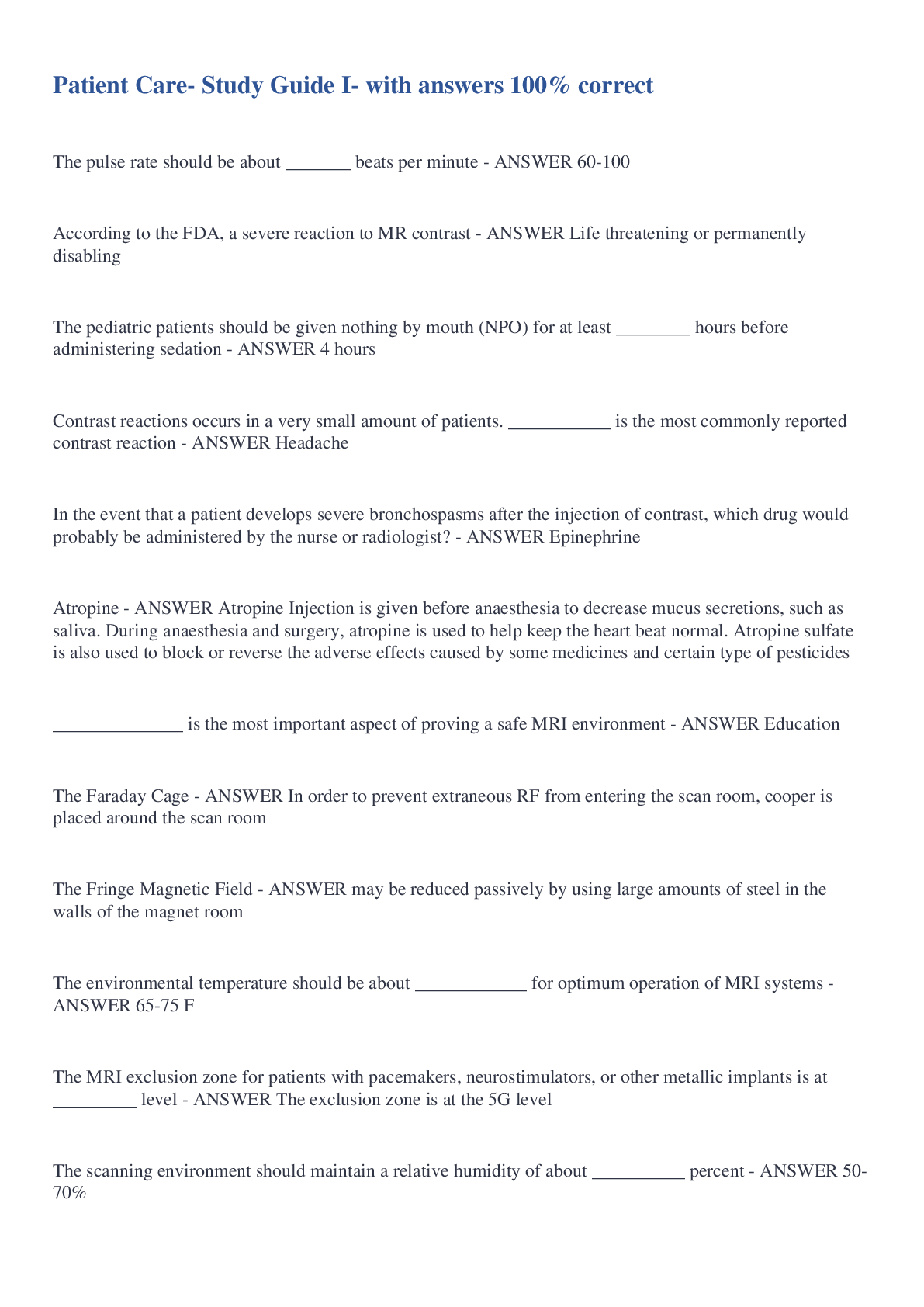
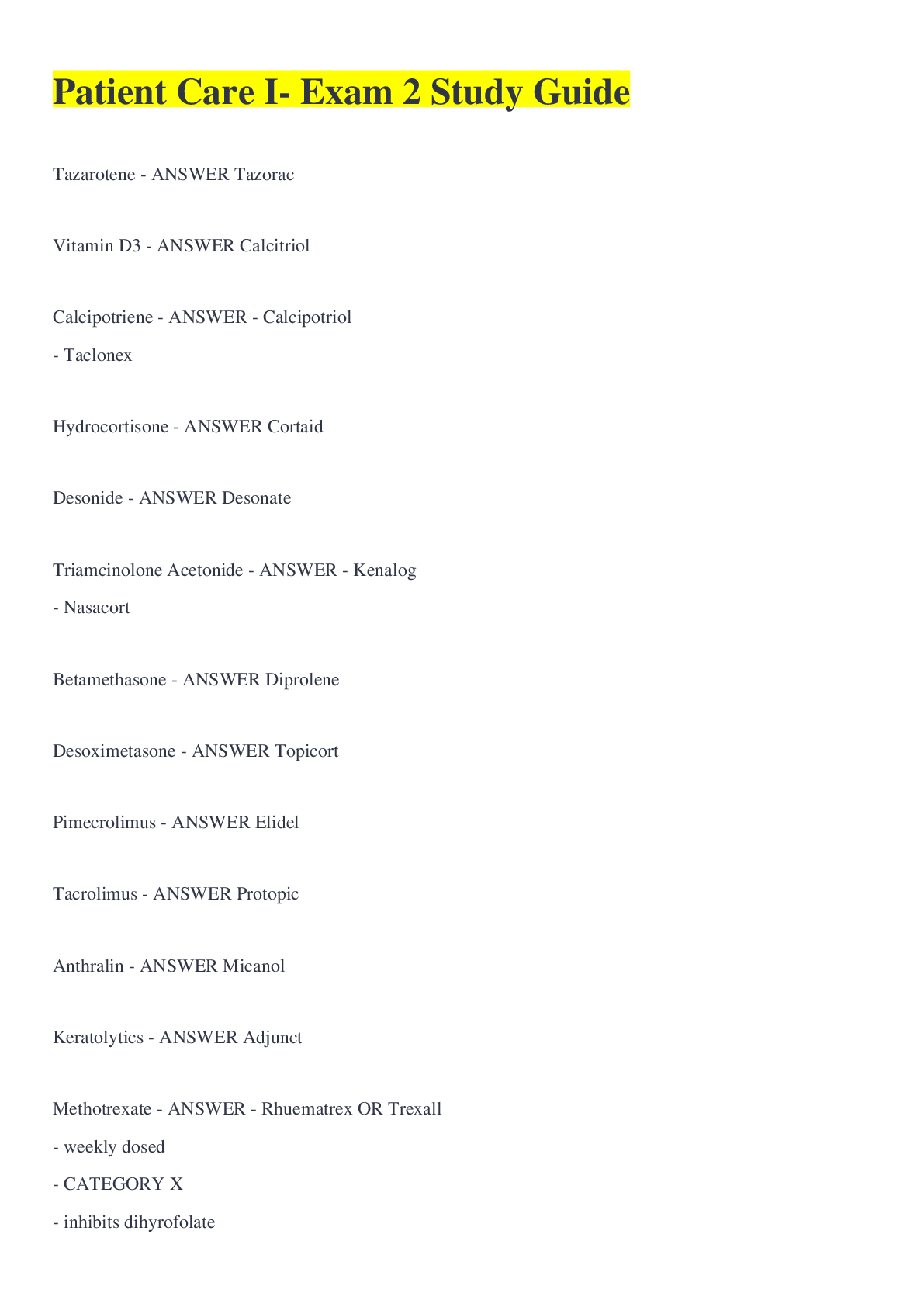
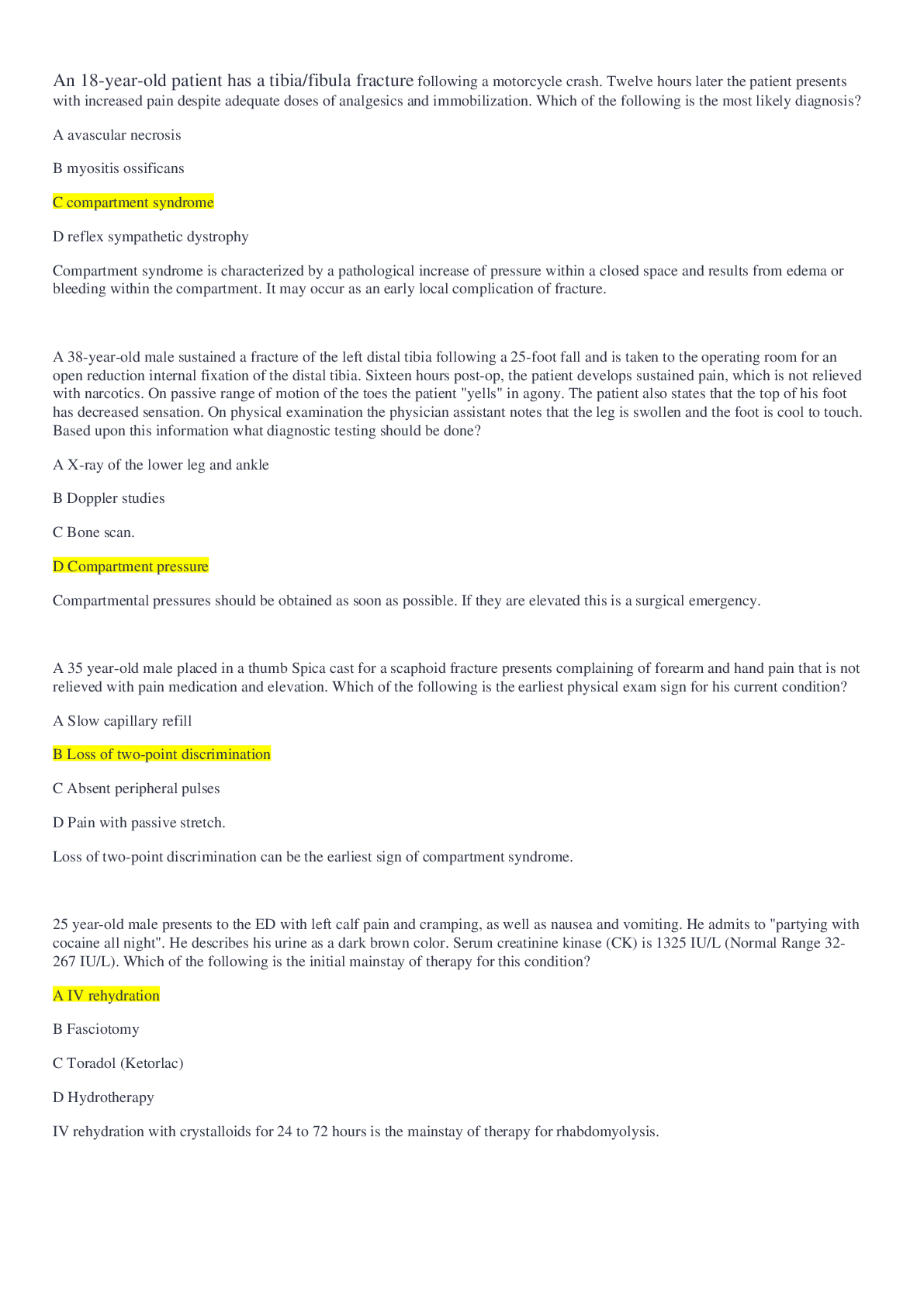
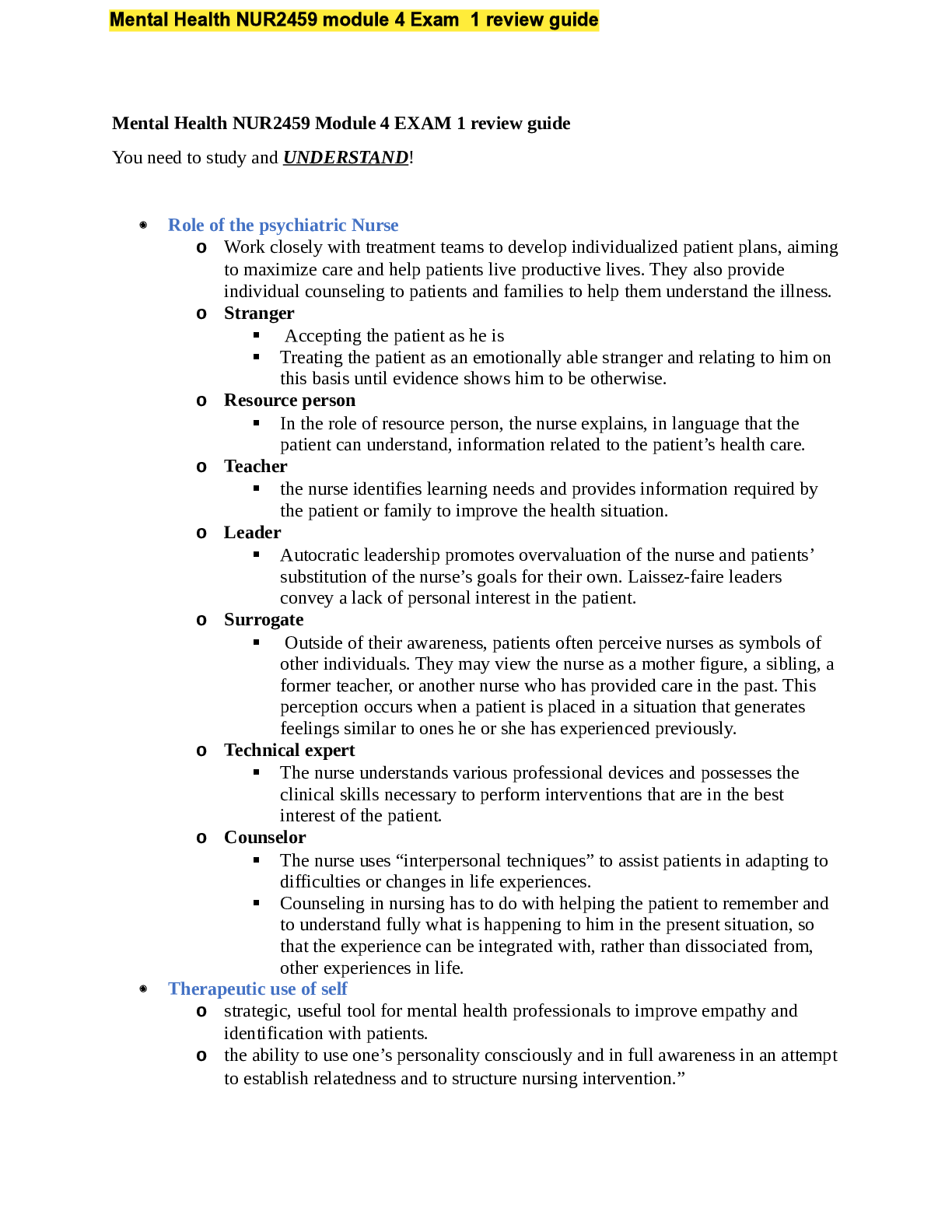
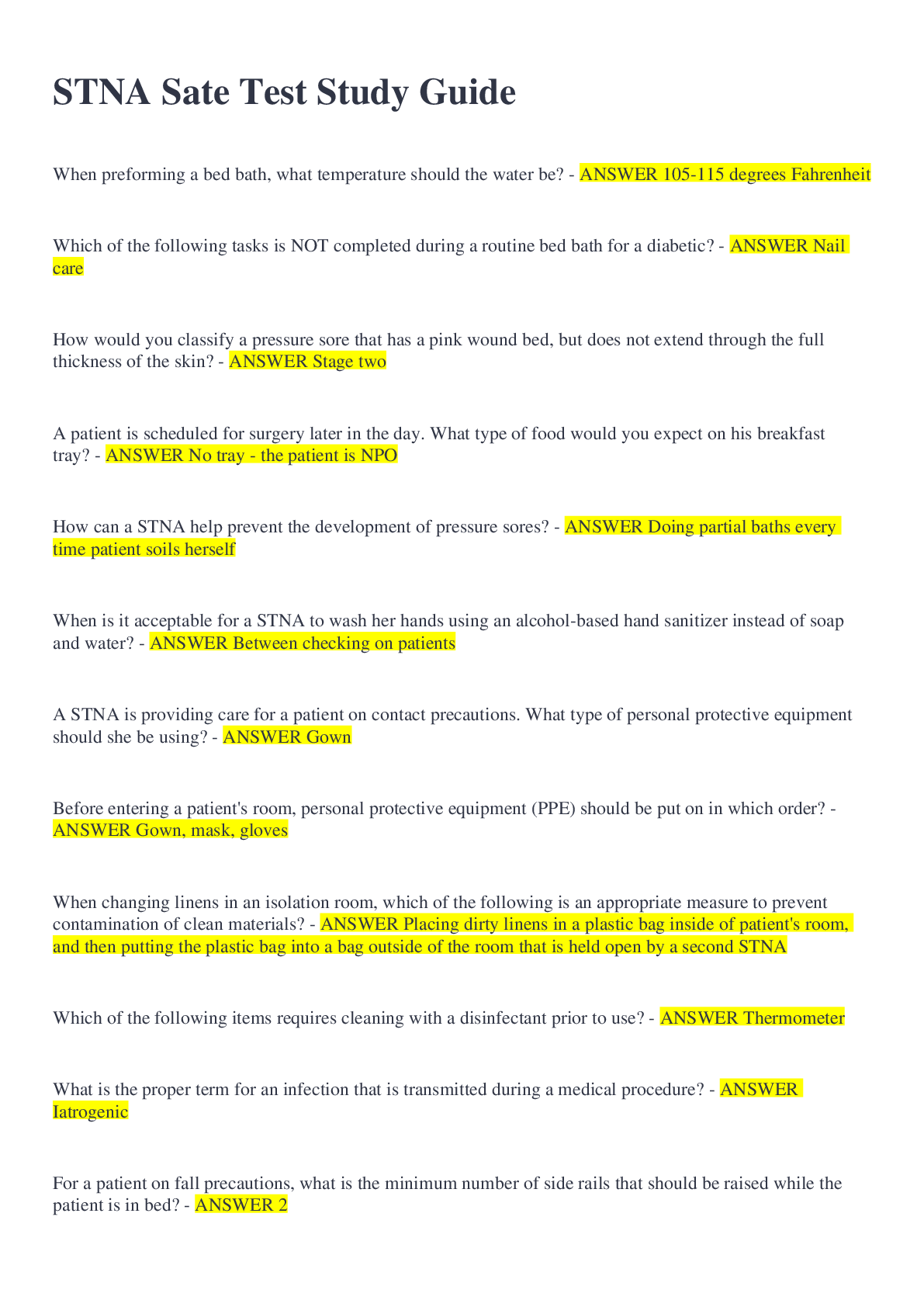
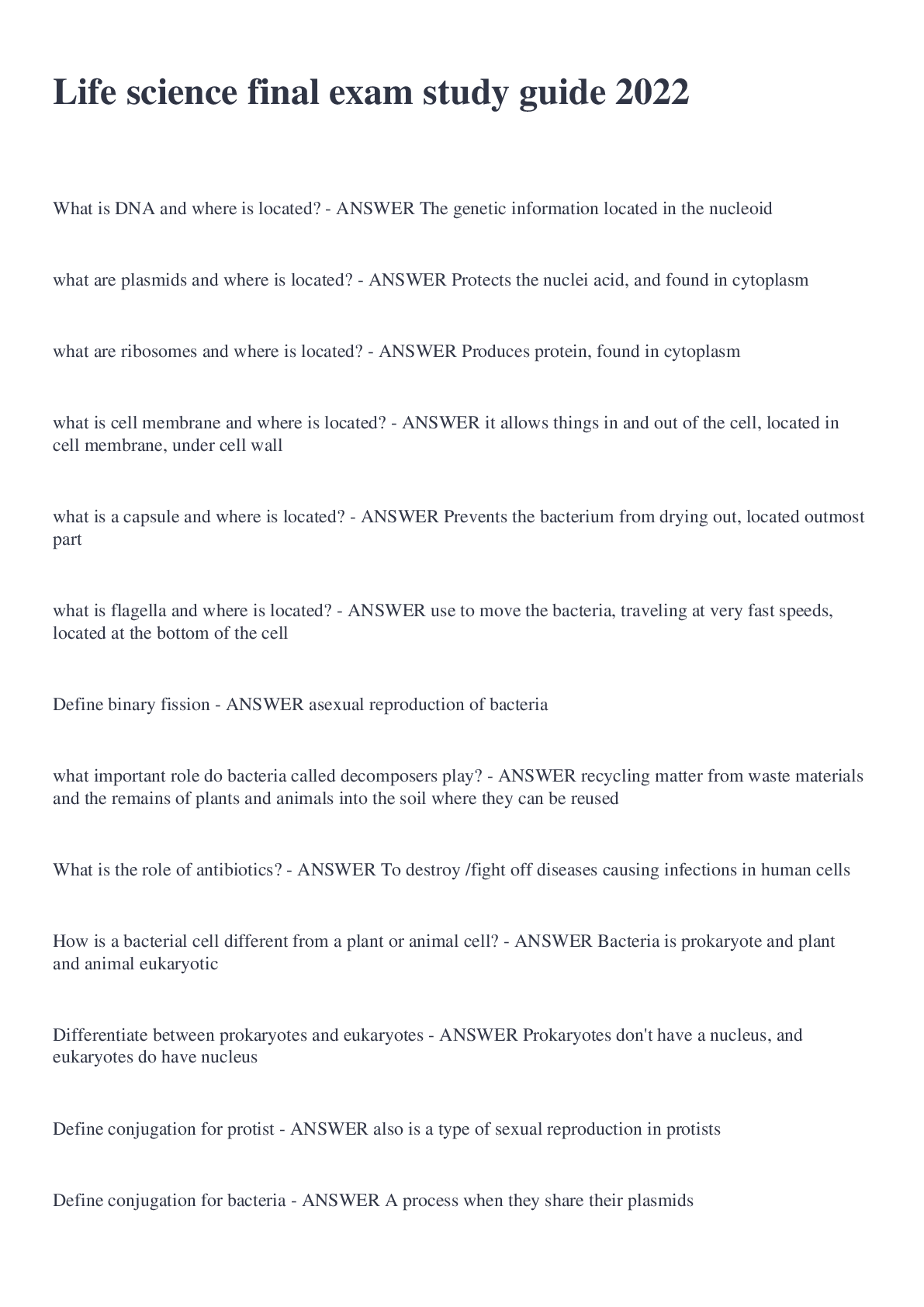
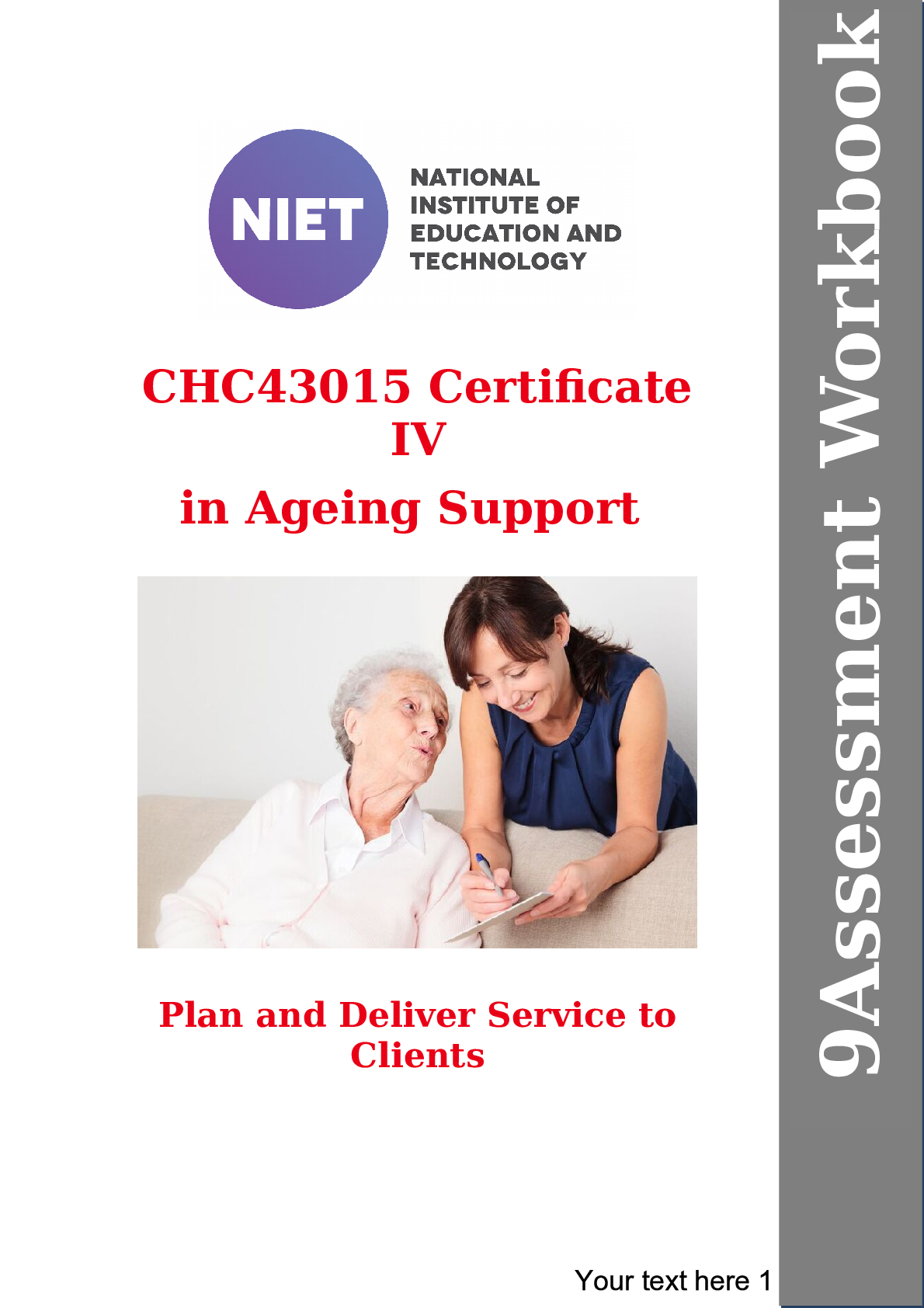
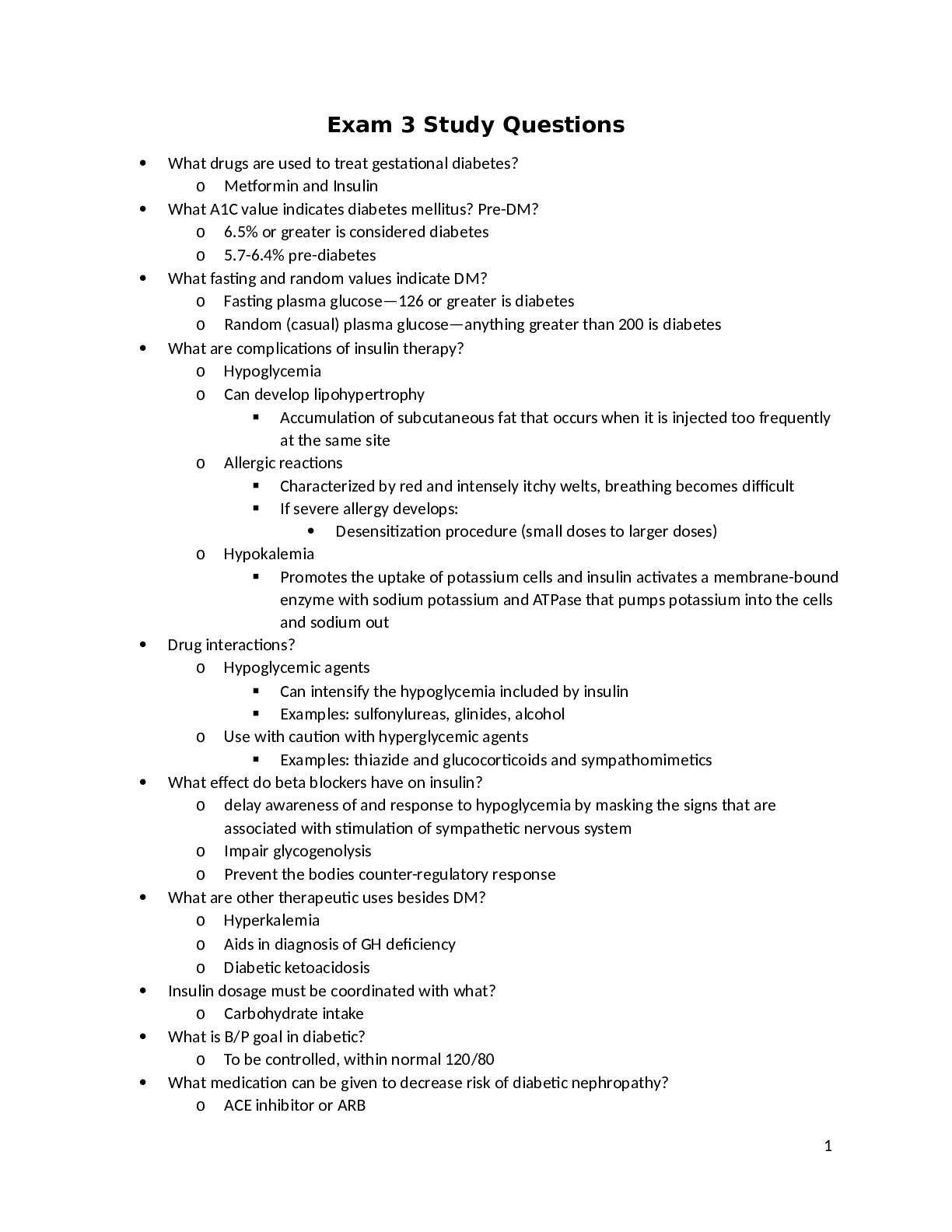
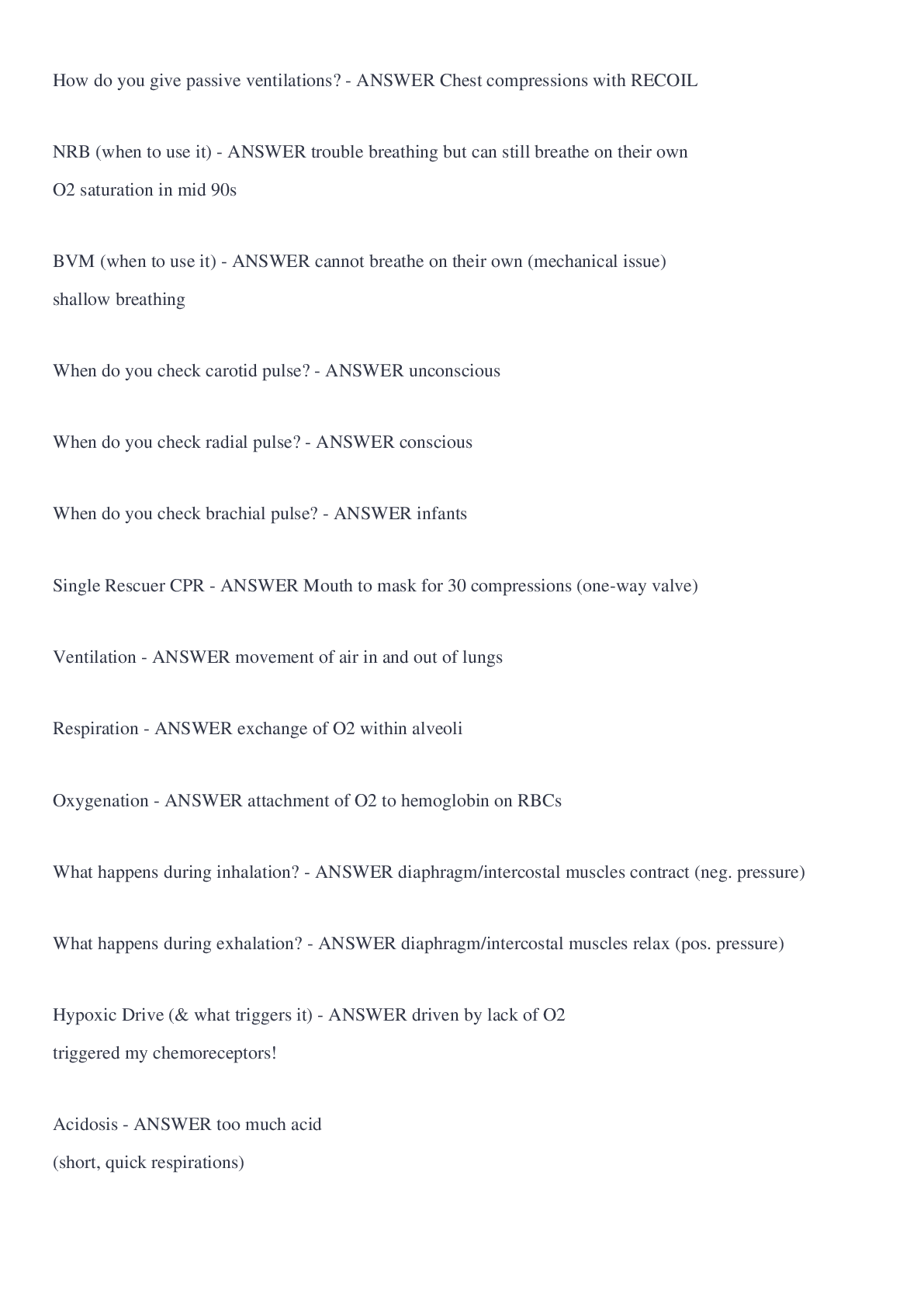
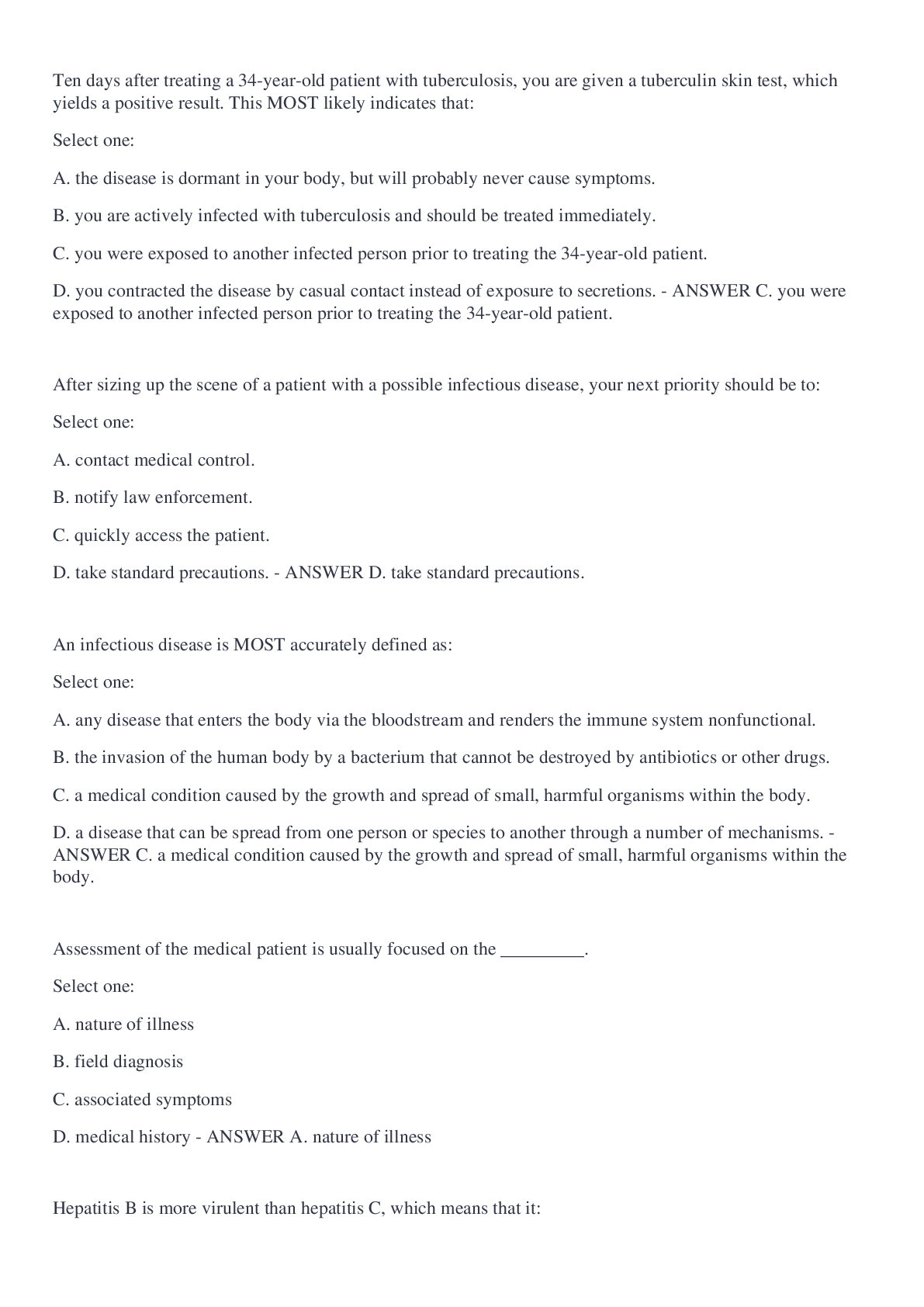
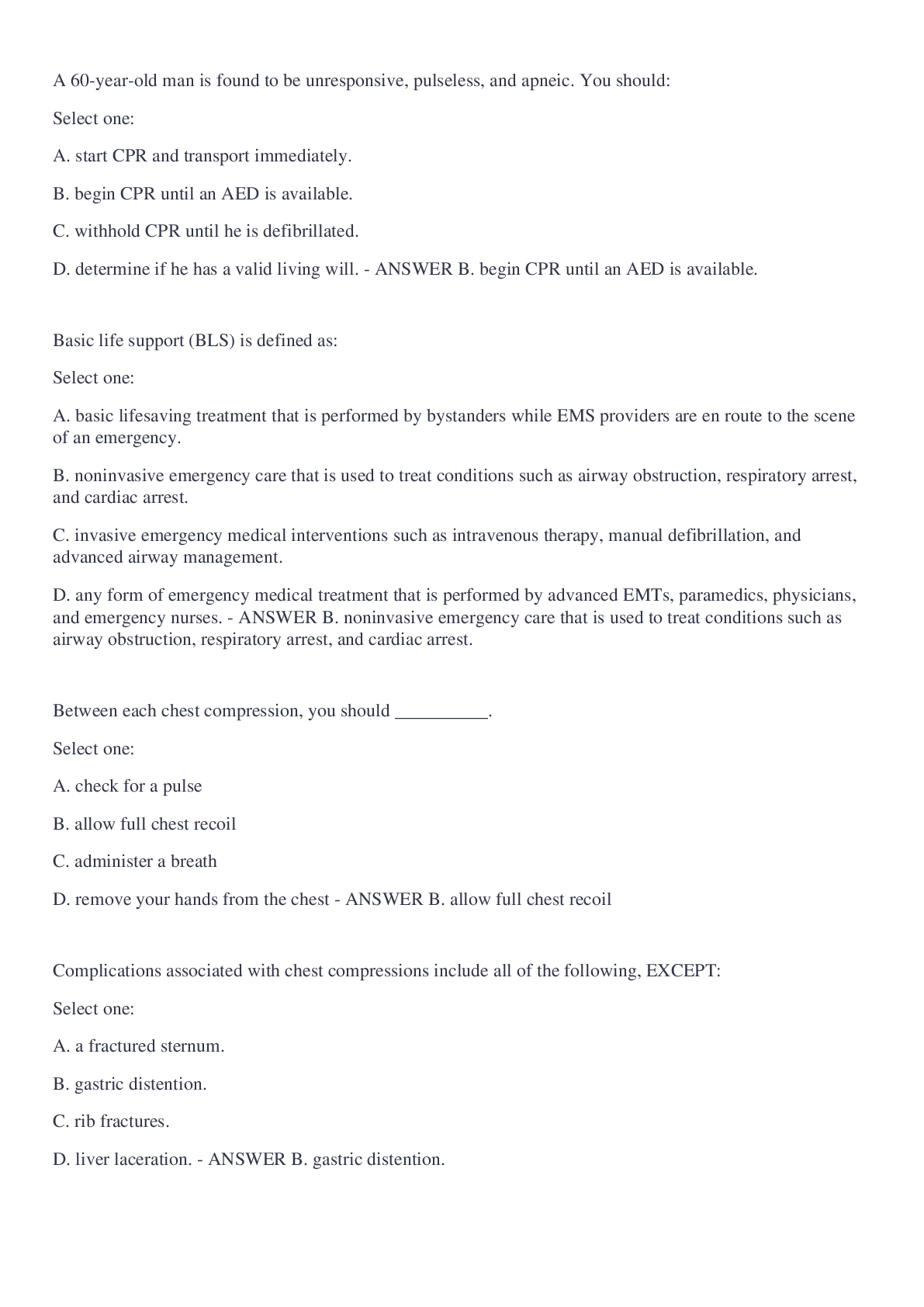
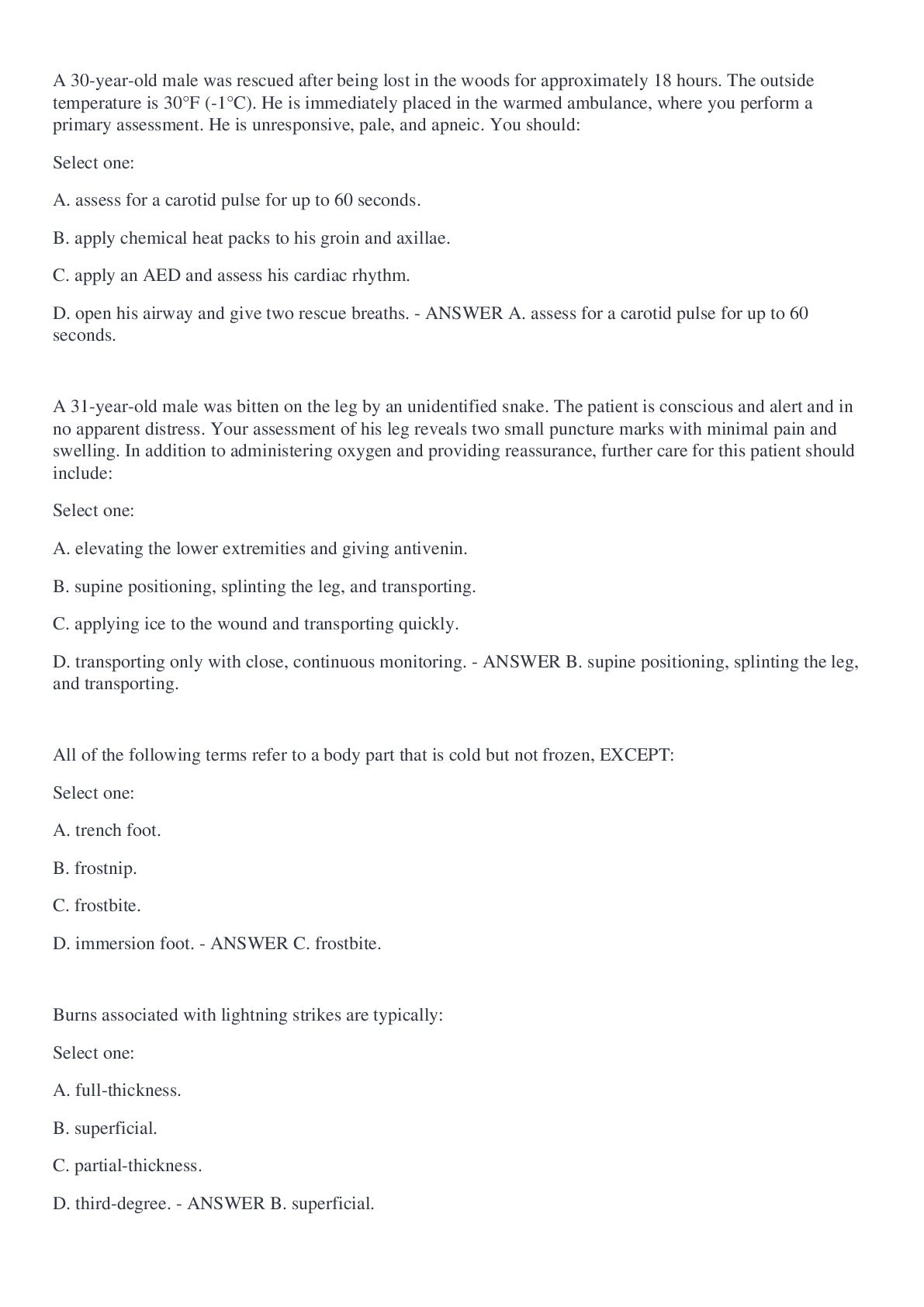
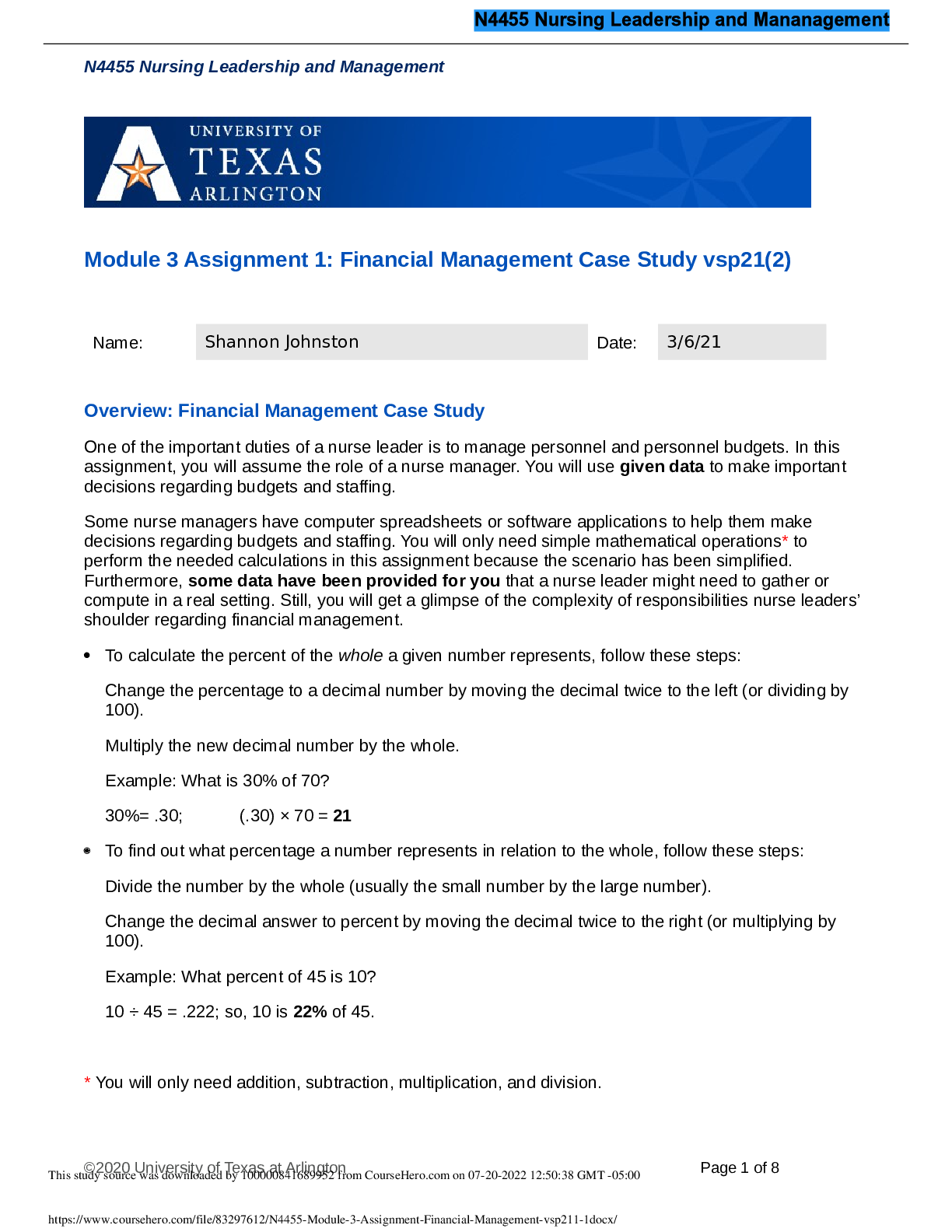
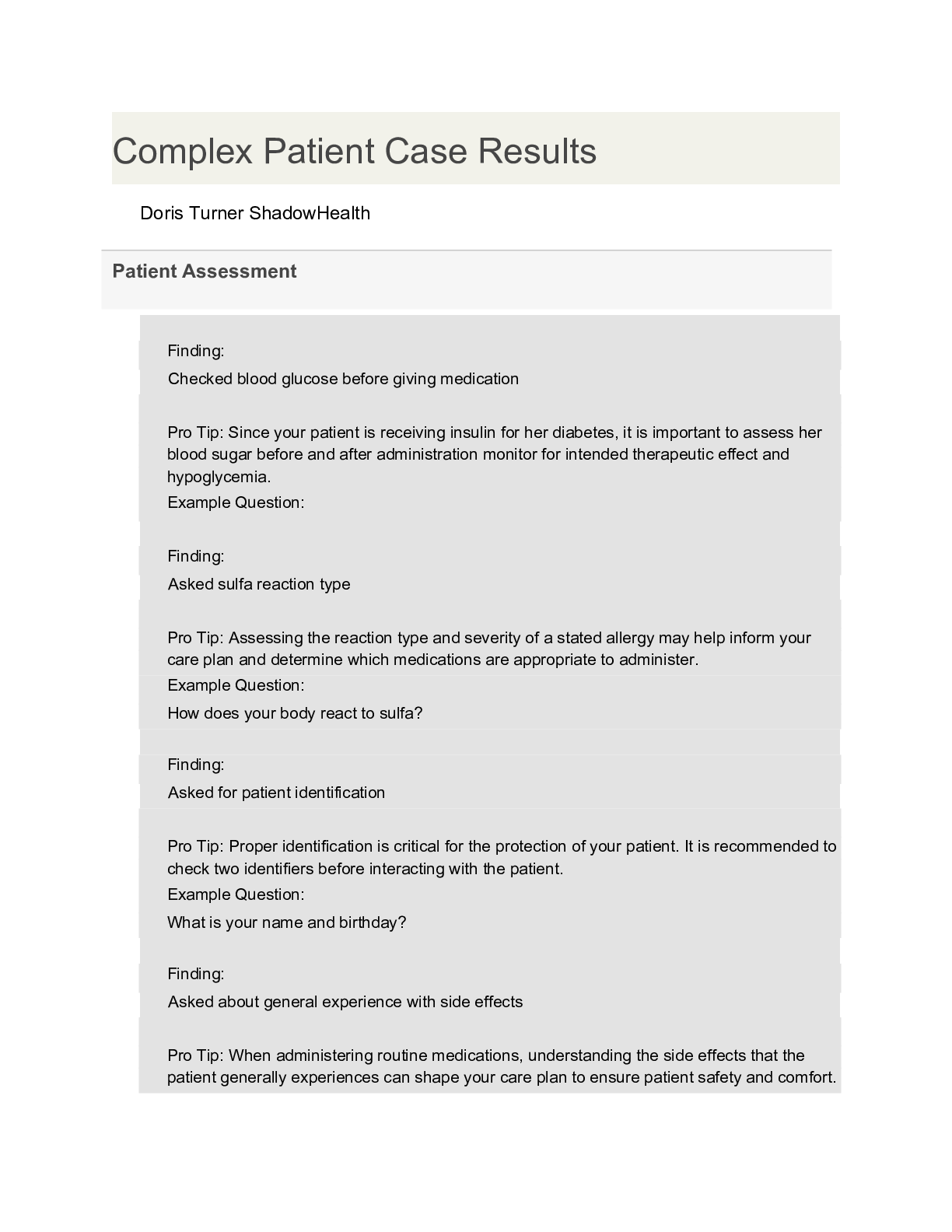
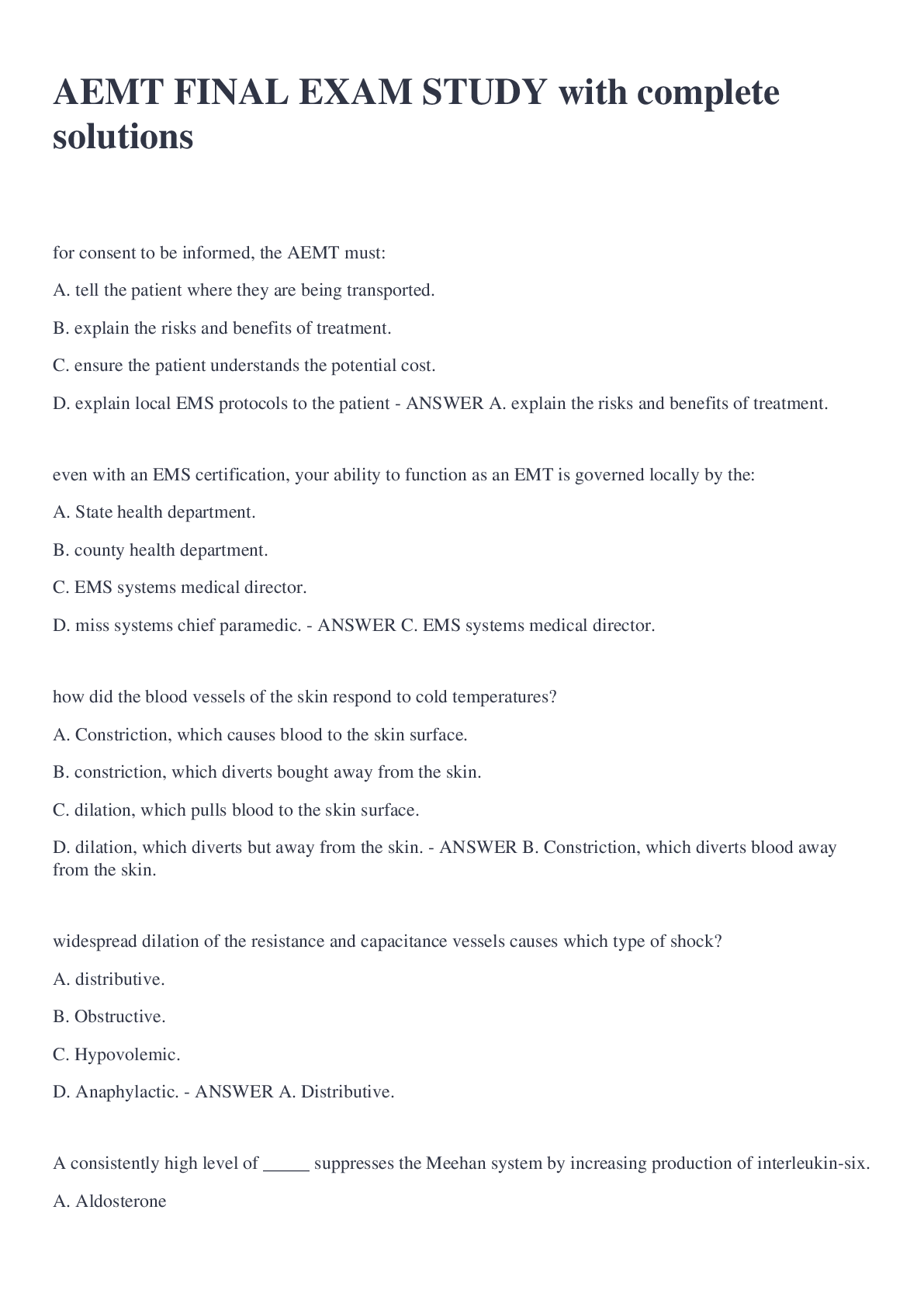







.png)









